

Medically Reviewed by Poonam Sachdev on August 28, 2023
Written by Hope Cristol
Painful sex. Lack of interest in sex. Unsatisfying sex. These are just some types of a condition called sexual dysfunction. It can be both a cause of infertility and a result of it. If it’s hard to conceive and you aren’t thrilled with your sex life, there’s a chance these things are related. Talk to a health care professional about your problems. It could make getting pregnant more likely -- and more fun.
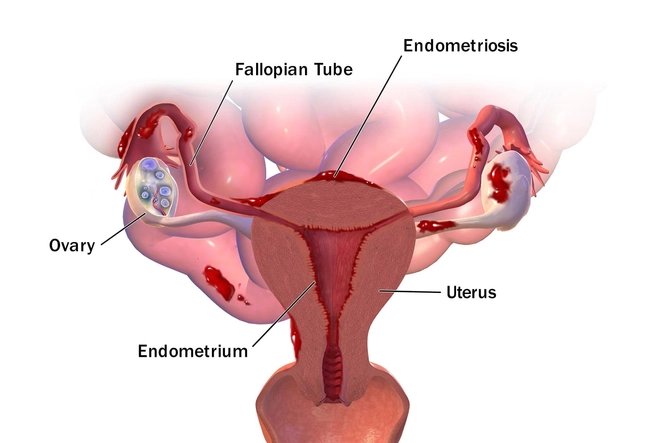
This happens when the same kind of tissue as the kind that lines the inside of your uterus starts growing in areas other than the uterine lining. The condition is often painful and can affect fertility. In fact, women who have trouble with conception are 6 to 8 times more likely to have endometriosis than fertile women. Surgery or in vitro fertilization can improve the odds of getting (and staying) pregnant.
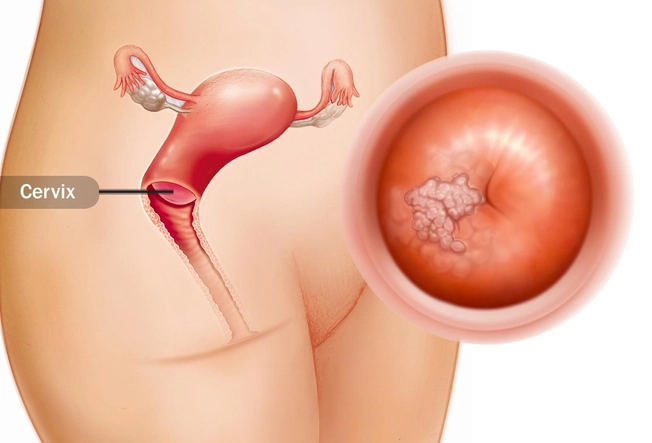
Cancer isn’t usually top of mind for young women, but this type -- caused by the human papillomavirus (HPV) -- is a serious threat. Each year, more than 11,000 women get the disease. Many are of childbearing age. The upside: Thanks to Pap smears, doctors can find and treat it early. The downside: Many treatments cause infertility. If you get cervical cancer, ask for options that will let you get pregnant later.
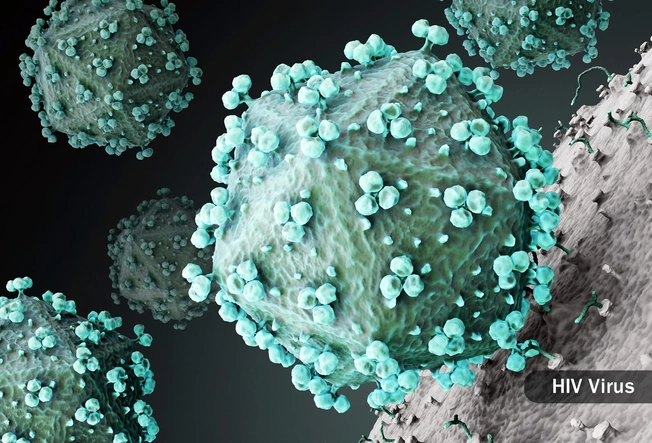
With today’s powerful medications, this disease can often be managed like a chronic condition. Some people live so well with the virus that they want to have a baby. However, HIV affects fertility in both men and women. Still, you can become a parent. And with certain infertility treatments and a carefully managed pregnancy, the odds of giving your baby the virus are low.
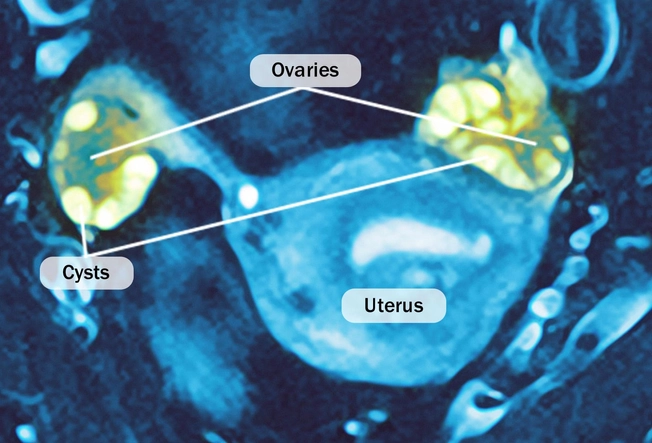
Many women don’t know they have this common cause of infertility until they try to conceive. It’s related to a hormone imbalance that affects ovulation and can lead to:
If you have PCOS, ask your doctor what you can do to get pregnant and have a healthy pregnancy.

If you’re under 40, it can cause your ovaries to not work like they should. That means you’ll stop getting periods -- or at least stop getting them regularly. Besides monthly problems, women with POI may also have:
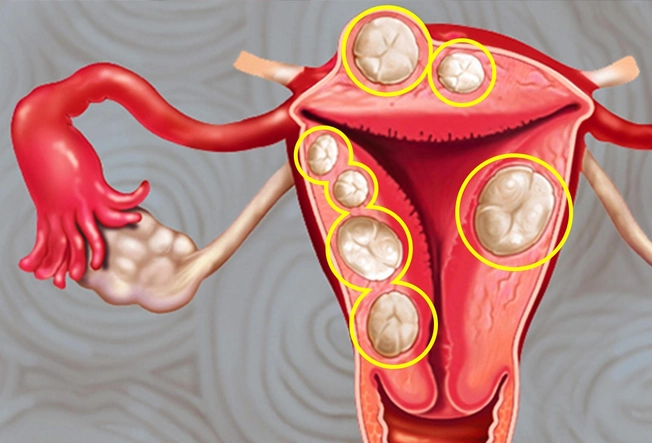
During a pelvic exam, your doctor may find these noncancerous growths on your uterus. They’re common, often cause no symptoms, and don’t usually stop you from getting pregnant. But they may boost the odds of infertility, miscarriage, or other pregnancy problems for some women. If you want to be a mom, ask your doctor if you should get them treated.
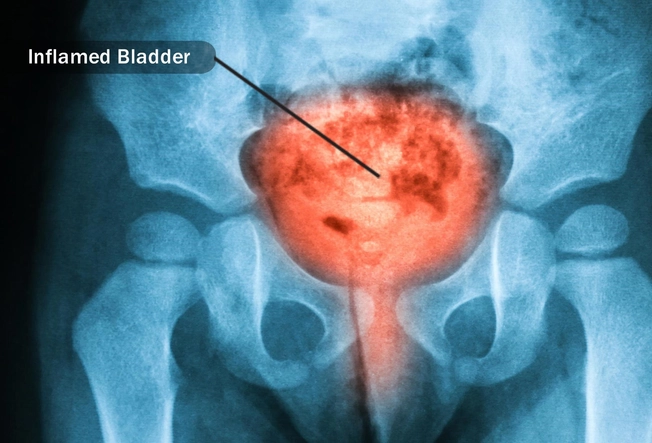
Got IC? Then you know all about the pain and pressure (not to mention the frequent urge to pee) this bladder condition causes. IC won’t affect your ability to have a baby, but it sure can torch your sex drive. If you want to conceive but aren’t too excited about sex, buy an ovulation kit. It lets you know when you’re most fertile, so you can reserve sex for those days.

Those extra pounds can raise your odds of infertility, miscarriage, and other reproductive problems. You don't have to shed half your body weight to make a difference. In a study of overweight women getting fertility treatments, those who lost just 10% of body weight -- that’s 17 pounds if you weigh 170 -- were more likely to get pregnant and give birth to a live infant than those who didn’t.

Unless you’re naturally super-thin, being underweight can also cause problems with conception. The problem: You need normal amounts of body fat for pregnancy. Research shows that it’s harder to conceive if you weigh too little. It can also raise your chances of miscarriage.
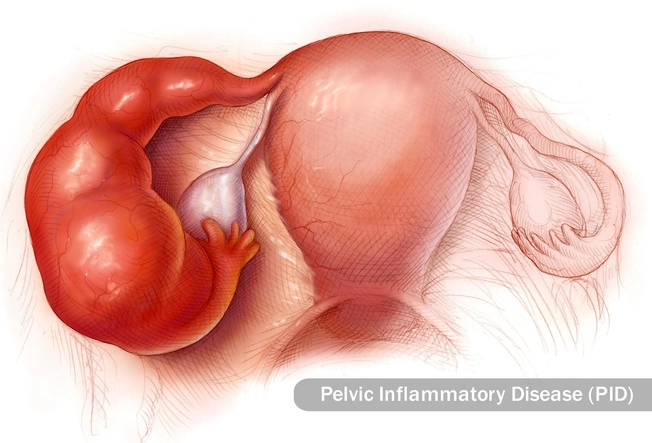
These sexually transmitted infections should be treated promptly. Be sure to see your doctor if you sense something isn’t quite right below the belt. Untreated, gonorrhea and chlamydia can cause pelvic inflammatory disease (PID), an infection in your reproductive organs. It can lead to problems like:

Sometimes, gunky air is obvious, like a smog-filled sky. However, unseen pollutants are all around us. Research suggests they may affect fertility by causing problems with menstruation and ovulation. A few possible culprits:

It’s no secret that age brings reproductive problems -- especially when it comes to conceiving. One study found the percentage of infertile women is 8% among 19- to 26-year-olds, 13-14% for 27- to 34-year-olds, and 18% for 35- to 39-year-olds. The news isn’t so bad if you're a little older though: A 39-year-old still has an 82% chance of getting pregnant.
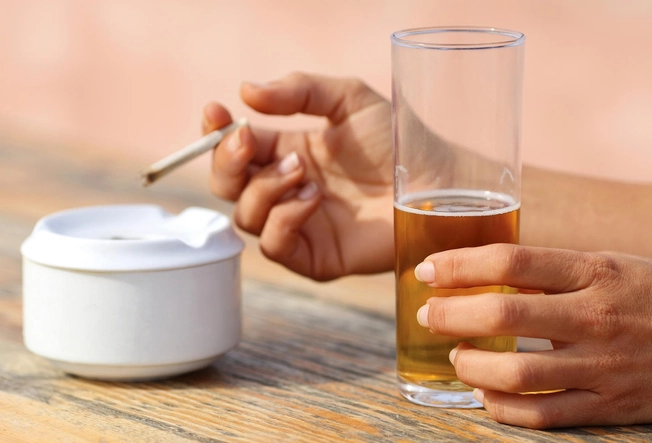
Problems with ovulation, like those caused by PCOS and POI, are the biggest causes of infertility. (No ovulation means no eggs to fertilize.) Certain things in your lifestyle -- besides age, weight, and sexually transmitted infections -- can also play a role. These include:
IMAGES PROVIDED BY:
1) nd3000 / Thinkstock
4) martynowi_cz / Thinkstock
5) Gustoimages / Science Source
6) Corbis / VCG / Getty Images
8) Sutthaburawonk / Thinkstock
9) wernerimages / Thinkstock
10) FotoCuisinette / Thinkstock
11) Molly Borman / Science Source
12) Gonzalo1978 / Thinkstock
13) IPGGutenbergUKLtd / Thinkstock
14) AntonioGuillem / Thinkstock
Journal of Reproduction & Infertility: “Sexual Dysfunction in Women Undergoing Fertility Treatment in Iran: Prevalence and Associated Risk Factors.”
Journal of Assisted Reproduction and Genetics: “Endometriosis and infertility.”
UpToDate: “Fertility preservation in women with early-stage cervical cancer (Beyond the Basics).”
Medscape: “Infertility Management of Couples With HIV.”
National Institutes of Health: “About Polycystic Ovary Syndrome (PCOS),” “What Are the Symptoms of POI?”
Womenshealth.gov: “Glossary: Primary Ovarian Insufficiency,” “Infertility.”
Mayo Clinic: Uterine Fibroids: “Overview,” “Symptoms and Causes,” “Treatment.”
Interstitial Cystitis Association: “Pregnancy & IC.”
Clinical and Experimental Reproductive Medicine: “Body Composition: A predictive factor of cycle fecundity.”
Fertility and Sterility: “A retrospective cohort study to evaluate the impact of meaningful weight loss on fertility outcomes in an overweight population with infertility.”
Iranian Journal of Reproductive Medicine: “Types of reproductive disorders in underweight and overweight young females and correlations of respective hormonal changes with BMI.”
Epidemiology: “Body Mass Index and Ovulatory Infertility.”
AOGS journal: “Maternal underweight and the risk of spontaneous abortion.”
CDC: “Pelvic Inflammatory Disease,” “Reproductive and Birth Outcomes.”
ToxTown: “Dioxins,” “Phthalates.”
Obstetrics & Gynecology: “Increased infertility with age in men and women.”